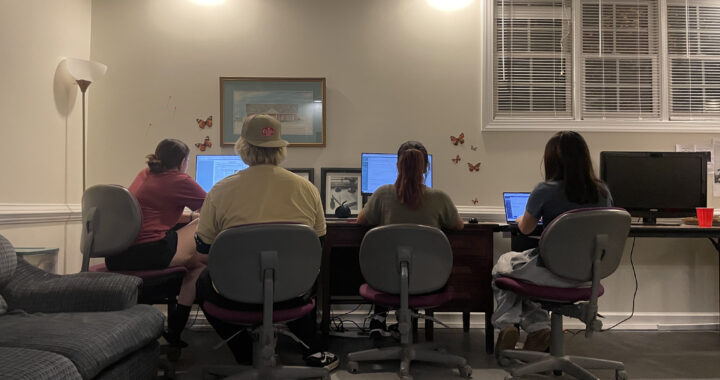Brittany Maynard and her advocacy for 'Right to Die'
3 min read

By HOPE RACINE
This past week, on Nov. 1, 29-year-old Brittany Maynard chose to end her life through the Oregon state-sponsored Death With Dignity Act.
Maynard, who received a large amount of Internet backlash upon announcing her decision, was diagnosed with a terminal brain tumor. She was given a timeline of a few months and told that the rest of her life would be increasingly painful. Before dying, she would lose control of almost all her faculties.
To save herself and her family the trauma of watching her health deteriorate, Maynard moved from California to Oregon and publicly came out in favor of the Death with Dignity Act.
Currently legal in only five states, Death With Dignity is technically doctor-assisted suicide without the Kevorkian connotations and with a gentler name. In states that have passed the act, such as Oregon and Washington, restrictions do apply. Individuals must have a diagnosis of less than six months and must be found mentally competent enough to have made the decision in clear mind and sound judgment. If cleared, they are given a prescription to take at a time and place of their choosing.
Maynard’s decision brought the divisive issue of right to die back into the center of public debate for the first time since the 1990s, when Dr. Jack Kevorkian, often called “Dr. Death,” was convicted of second-degree murder for his role in doctor-assisted suicide.
Unsurprisingly, public tone shifted over the course of the past 15 years.
Death With Dignity advocates believe the act is intended for those with severe terminal illnesses, who are in the slow process of dying. The idea is not to commit suicide, but rather to make the decision to die on their own terms.
Individuals with life threatening illnesses can chose to end their lives when and where they want and while their health is still decent enough that they have a clear mind with which to make the decision. It allows individuals to ensure that loved ones only have good memories and save them the pain of hospitals and medical problems.
The distinction between suicide and willfully ending one’s own life is what makes many individuals shy away from supporting the movement. Religious groups who preach against suicide protest from a moral and theological standpoint. Others point out that doctors should not have the right or ability to help with these situations.
The hesitation makes sense. As teen suicides have spiked over the years and mental health awareness has become more prominent, the idea of encouraging someone to end their own life is shocking and disturbing. There is always so much left to live for, we say.
But the unfortunate and brutal truth is that in Death With Dignity cases, there really is not.
One of the key points in the argument in favor of the right to die is the right to bodily autonomy. A cultural war has been waged over a woman’s right to her own reproductive rights. Society is working to ensure women this freedom, and it is viewed in the eyes of the law not as a moral matter but a personal and medical one.
So how is the right to reproductive autonomy different than the right to determine the duration and subsequent ending of our lives? There is arguably no choice more important, and in the case of doctor-assisted suicide, it becomes more of a medical decision and less of a moral one.
In a society that grows increasingly more socially aware and concerned with the rights of citizens, must we uncomfortably admit that the right to die should be protected and acknowledged just as much as the right to live. We cannot pick and choose where bodily autonomy ends.











